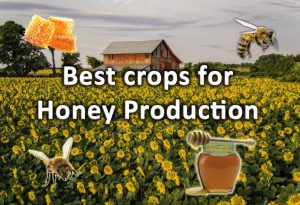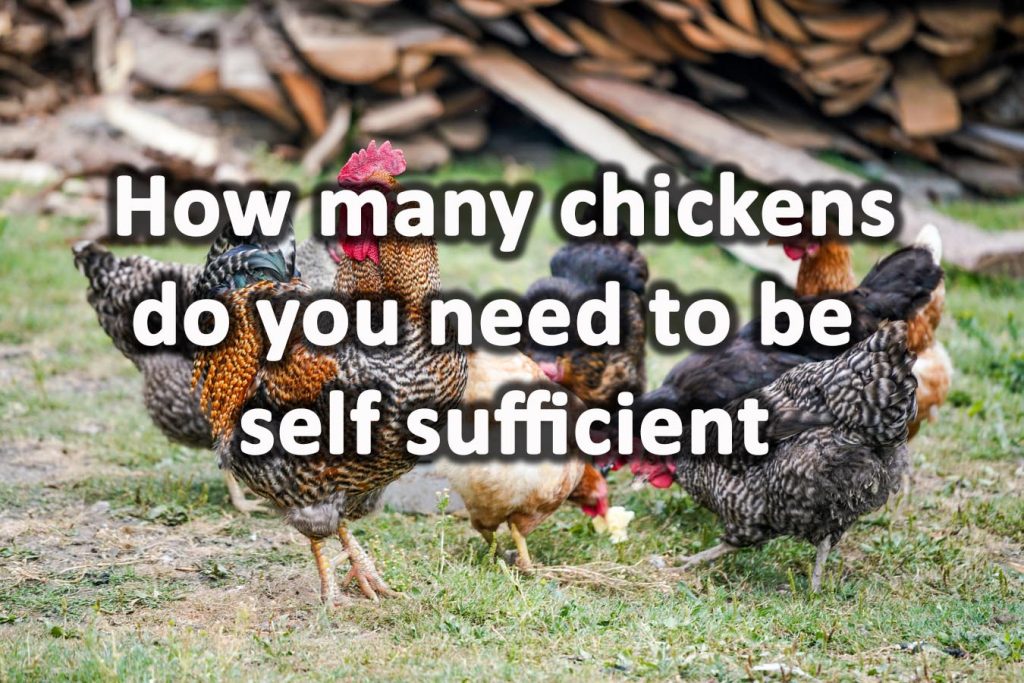There is a very good reason that every self sufficient community in the world has chickens. Quite simply they have two primary uses, producing both eggs and meat. Eggs allow for a continuous, daily harvest of food rich in fats and protein.
When chickens egg production drops off after a few years they can then be harvested for the pot. Chickens also supply very good quality manure which is very well balanced in soil nutrients. The feathers of chickens can also be used for insulation and bedding materials.
If allowed to roam around your outdoor spaces, chickens can feed themselves to an extent from the surrounding landscape. Indeed chickens will forage; insects, slugs, leftovers, weeds, and grass converting them all into nutritious eggs. This simple ecological equation makes keeping chickens an extremely good deal for self sufficient homesteading.
The question is how many chickens do an average family need to be self sufficient? And if I were to separate myself from civilisation could I raised chickens without feed? In this article I have attempted to answer this question from a self sufficient, homesteading stand point. I have also assumed that chickens would be your only form of livestock and subsequently main form of dietary protein.
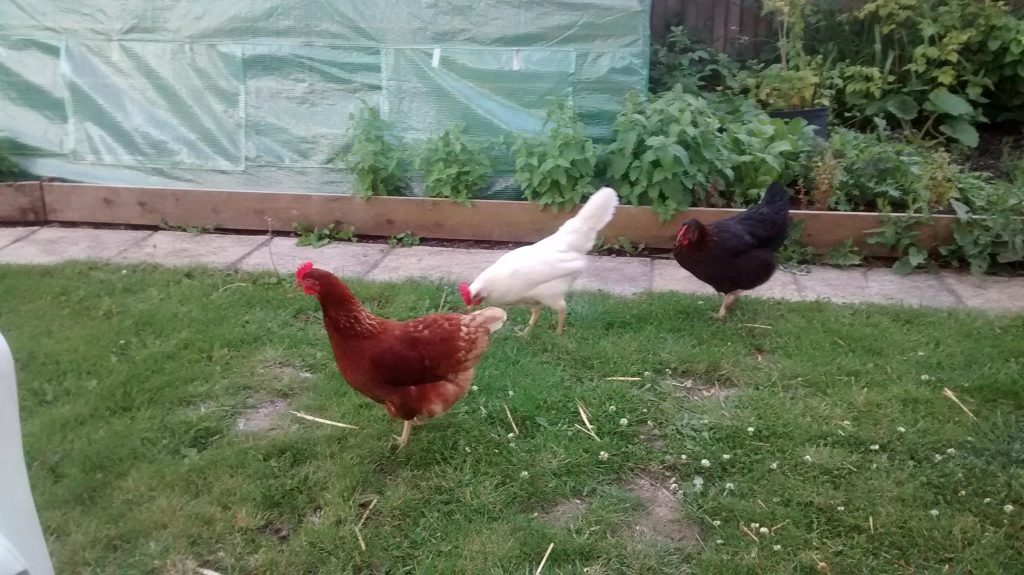
How many chickens do you need to be self sufficient?
The term ‘self sufficiency’ does not do much justice to the many homesteading scenarios out there. Most of the time a homesteader will still require a local chicken breeder to provide fresh stock. If you are in a remote location surviving off grid from civilisation however this is a whole different game.
This would mean any flock of chickens would also need to be ‘self sufficient’ within themselves. This means a number of birds that could ensure ongoing, genetic, diversity and the ability to reproduce. This number of birds would usually exceed the number of egg production a family would need. However in such a case surpluses would be a very positive thing.
Generally most homesteaders will have access to a community or external supplies. Hence our calculation will be based on this more typical scenario. We also have to assume chickens being the only source of animal protein that consumption would be high.
A homestead only relying on chickens for livestock would aim for around 3.5 eggs per person per day. This would also depend on chicken breeds and how big the eggs were but 3.5 is a good average.
So 365 days in a year times 3.5 equals = 1,277 eggs per person, per year.
An average Chicken lays around 250 eggs per year so that’s 5 chickens per person.
So you would need 5 chickens per person per year to be self sufficient in eggs.
In a completely self sufficient situation I believe this number would be higher still. You have to bear in mind as chickens get older egg production dwindles. These birds traditionally would be harvested for meat. To allow for a continuous turnover of birds you would need an annual breeding cycle. This would entail cockerels and a certain amount of surplus in both birds and eggs. Consequently this would require more land and more feed.

How many chickens do you need to be self sufficient without feed?
The ultimate question for anyone wanting to be self sufficient is; how much land do chickens need to forage for survival without feed? This is a question I have struggled to find any published literature or concrete science upon.
However with some good advice from farmers, game keepers and some mathematics I have some good estimates. The variables involved in such a calculation range wildly! How much land a chicken would need to forage for itself would depend on many factors.
Some of these would include local biodiversity, vegetation types, land use, climate, and chicken breed.
Chicken breed considerations
Most chicken breeds today have been bred for productive qualities and alongside access to unlimited feed. Therefore if the average ‘prized layer’ was kept in a foraging environment it would probably struggle.
The chicken’s production would decrease and it would probably struggle to catch fast moving bugs and insects. Commercial chickens are generally less nimble and have a reduced flying ability. Consequently they struggle to forage high branches and evade predators in roaming situations.
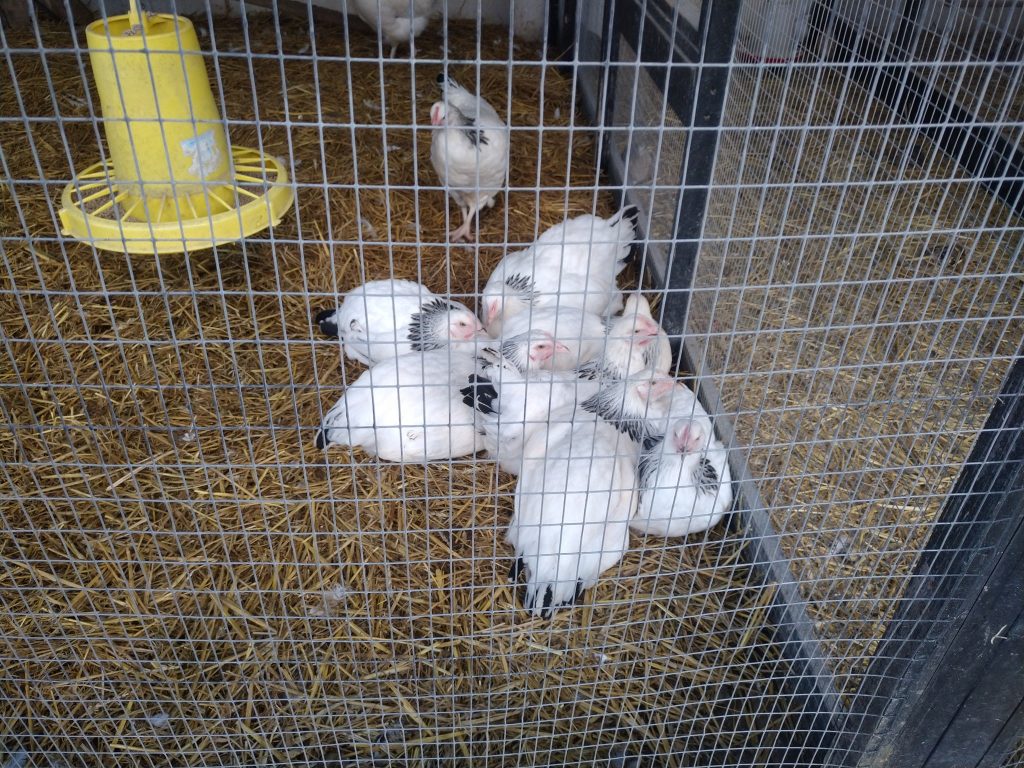
Chickens living wild
It has to be said however that chickens are extremely resilient and resourceful birds. Even modern, highly bred chickens are not that far removed from their wild counterparts the ‘jungle fowl’.
The modern world holds constant examples of feral chicken populations that were once domesticated birds. Even in some public parks of large cities in the USA chickens seem to be living wild very happily.
Such populations seem to be foraging their food from the environment without feed of any kind. At night these wild chickens flock up to tree branches to evade predators.
Looking at these specimens they generally end up about the size of a game bird, farm bird cross. This may suggest some selective breeding of fatter birds which can’t roost high enough.
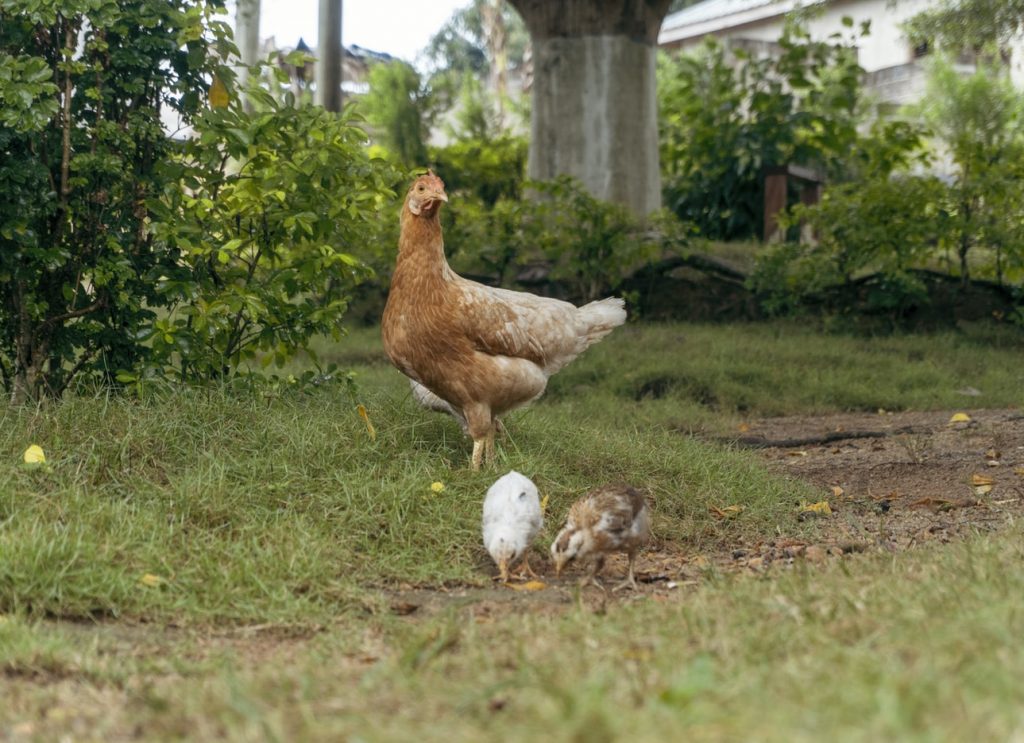
Game chickens
Hence I think it is safe to assume that keeping chickens without food is possible. However you would probably have to except both egg production and meat production would be significantly lower. There are plenty of chicken breeds which are much more like their original ancestors the ‘jungle fowl’.
These lighter game chickens lay less eggs but are much more self sufficient. In some rural farmsteads these actually roost on the top of farm buildings over night. These breeds are more hands off being able to evade predators, forage and hunt.
However I would say its best your birds are not too wild in habit. Modern chickens good for homesteading are usually good ‘general purpose’ birds. Hence birds which are reasonable for both egg production and meat. Feral chickens seem to be somewhere between general purpose and light breeds.
Therefore my guess would be a chicken somewhere between the two would be best for no feed. Perhaps a breed like the ‘Indian Game Chicken’ would be the best for this scenario. This is a light, flighty breed with good quality meat and produces a reasonable 180 eggs per year.
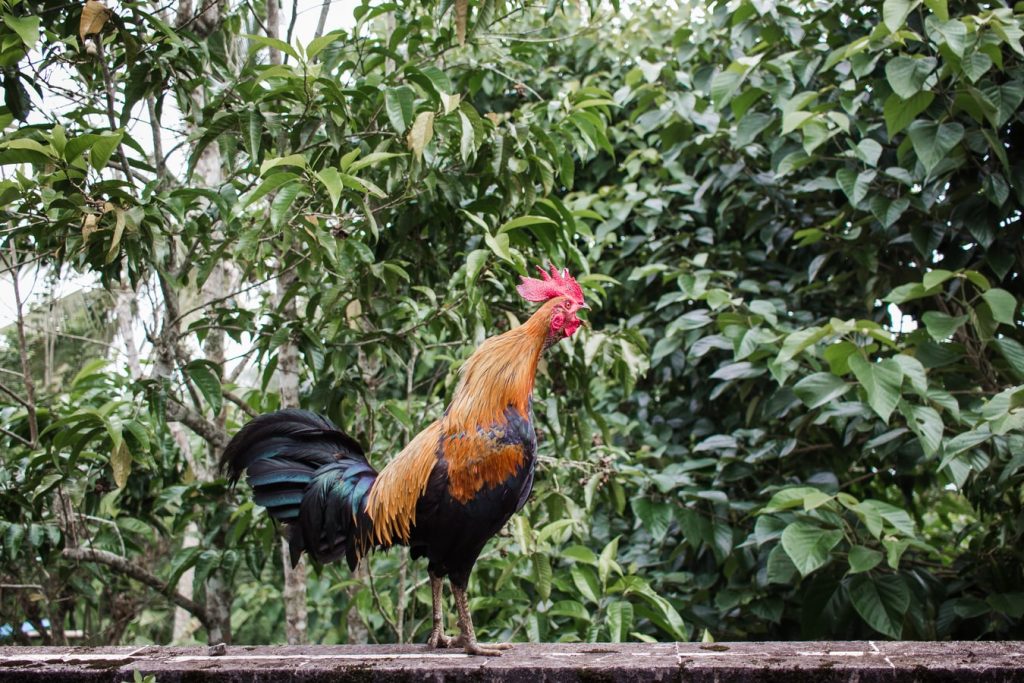
Terrain
In order to investigate how much land is needed to raise chickens without feed, terrain will be primary factor. How diverse the land is in terms of habitats, plant life a insects will determine its suitability. The chicken’s ancestor, the jungle fowl would have access to very bio-diverse environments to forage.
However chickens are omnivorous and very capable of foraging unfavourable terrain. Hence to work out how much land chickens need without feed I have utilised two land types. Pasture or agricultural grassland and permaculture, food forest systems, this would allow self sufficient mixed farming to fall somewhere in the middle.
Using a measure of known vegetable and insect calories available in these environments throughout the year, I have made a guesstimate for each habitat. I have worked this out on the basis of how many chickens per acre could be kept without feed.
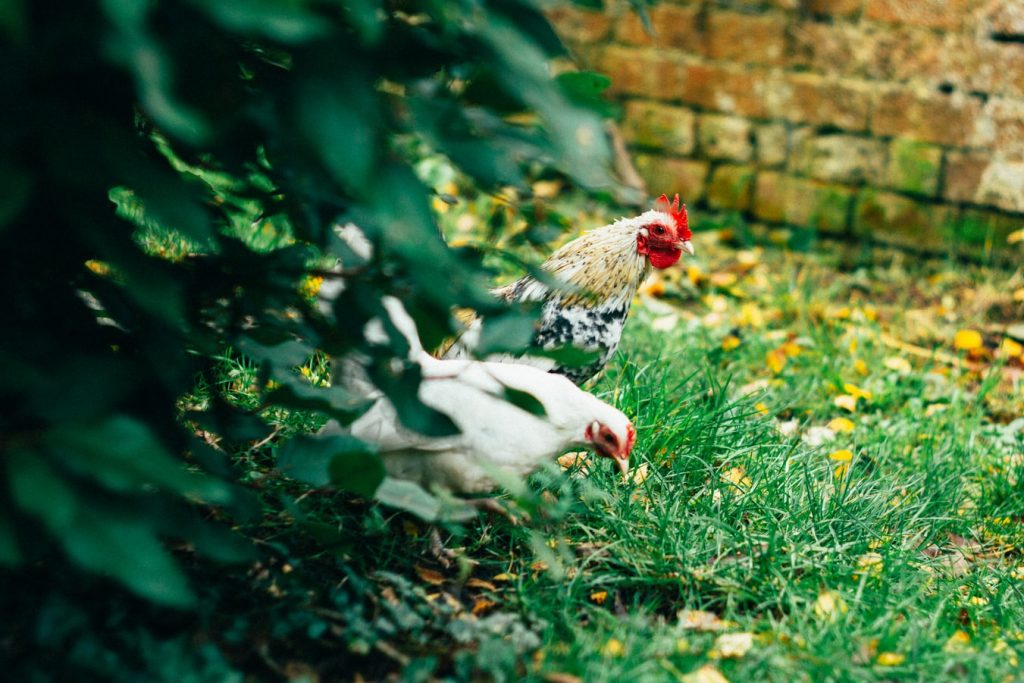
Pasture
Pastures and agricultural meadows are probably the most common land type in farming. Traditionally used for grazing these landscapes would not be optimum for self sufficient, foraging chickens.
An average grassland pasture should be able to raise 3 chickens per acre without feed. However it is important to point out this would be solely for the raising of chickens. Hence grass would not be grazed or heavily managed during the season.
This would allow abundant levels of insects and seed heads to help feed the chickens. This would also allow for cover and some fodder for the winter. If the pasture was managed as a bio-diverse wildflower meadow chicken populations could rise.
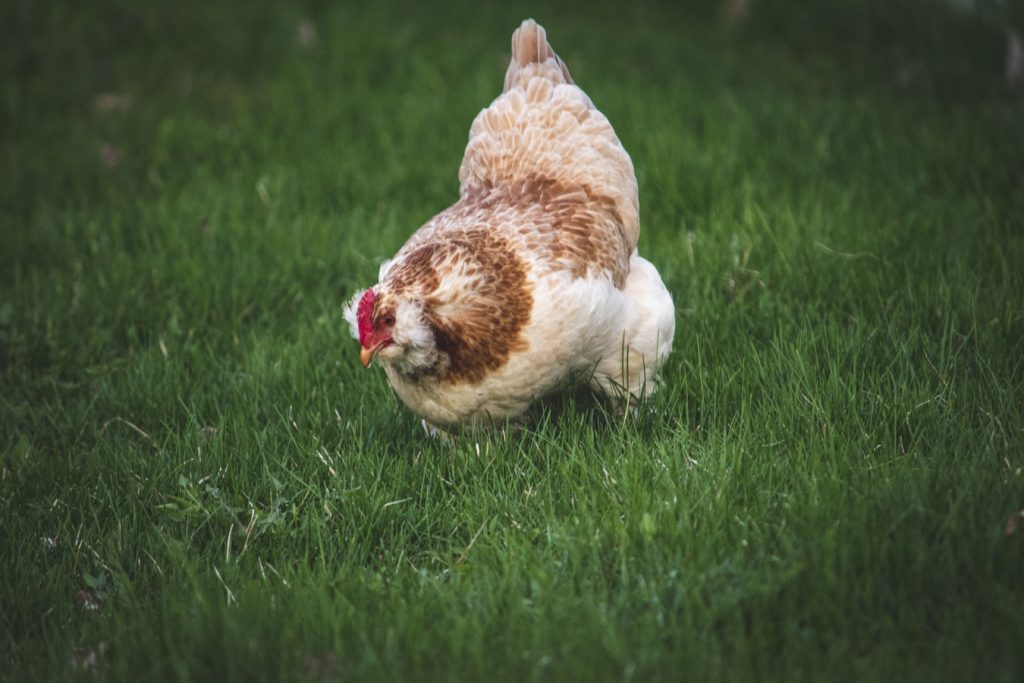
Mixed self sufficient farming
Most scenarios aiming to raise chickens with little or no feed would be self sufficient homesteads. Hence I have attempted to apply the same calculations and principles to a typical homestead.
Such an environment would be a combination of mixed crop growing, and animal grazing. Self sufficient homesteads would also have orchards, meadows, vegetable beds, fallow land, ponds and organic recycling. I believe an average homestead would be a reasonably good place to forage and more fruitful than a standard pasture.
Hence the average self-sufficient homestead with mixed agriculture could raise 5 chickens per acre without feed. This off course would vary depending on how diverse the homestead environment was. Also many homesteads would recycle waste products and provide chickens with scraps.
Permaculture food forest
Permaculture and food forests are food growing systems based on natural ecology. Typically they involve the establishment of woodlands and open scrubland with food crops.
These food forests capture the suns energy through various canopies. The result is an environment very rich in food production and biodiversity. Dense thickets of food crops also make them extremely rich in wildlife.
Coincidently such a habitat is very similar to the habitat of chicken’s ancestors the jungle fowl. Consequently I believe permaculture, food forest systems could raise up to 10 chickens per acre without agricultural feed.
This would depend on how intensively the food forest was harvested for human consumption. Also the number of chickens raised may be lower in locations with very cold winters.
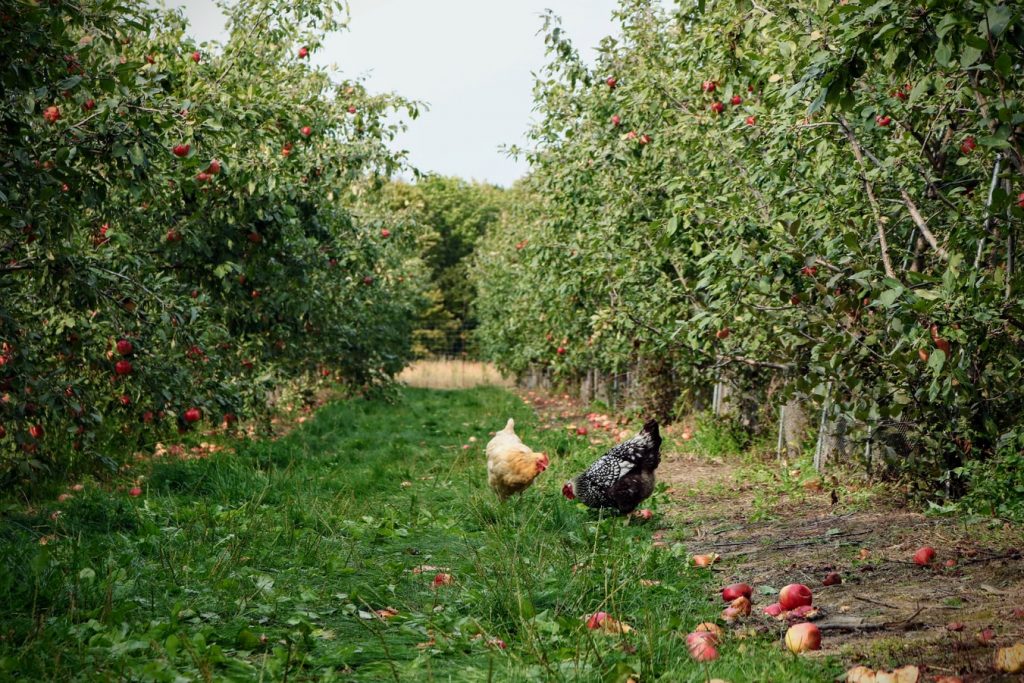
All of these numbers are based on calculations however are largely just good estimates. In order to be 100% sure you would have to experiment with feed quantities and foraging.
By monitoring egg production and encouraging daily foraging you will soon learn what is possible. By monitoring daily feed consumption in conjunction with foraging exposure should provide specific data on your specific site.
How can you reduce your feed costs?
For most of history however there was no specifically produced feed for chickens. Chickens would be fed with whatever was in ready supply and allowed to roam freely.
Whenever I cook an evening meal I cook that little bit extra. Any scraps and leftovers go to the chickens and they convert this into eggs. The same goes for any food which is not consumed in time and on the boundaries of human consumption.
I would say with a combination of lots of space and kitchen scraps your feed costs will always be low. However there are many other homestead features which can reduce your feed costs.
Weeds
Weeds and wild plants are a staple of a chicken’s diet and any weeds from your garden are perfect fodder.
Left over’s
Leftovers from the table fruit, nuts, seeds, lentils and other vegetable matter.
Bi products
Any bi product from homesteading functions such as fruit pressing or vegetable processing makes great chicken feed.
A bio-diverse environment
By generally creating I diverse environment full of different habitats will provide great foraging opportunities for your chickens.
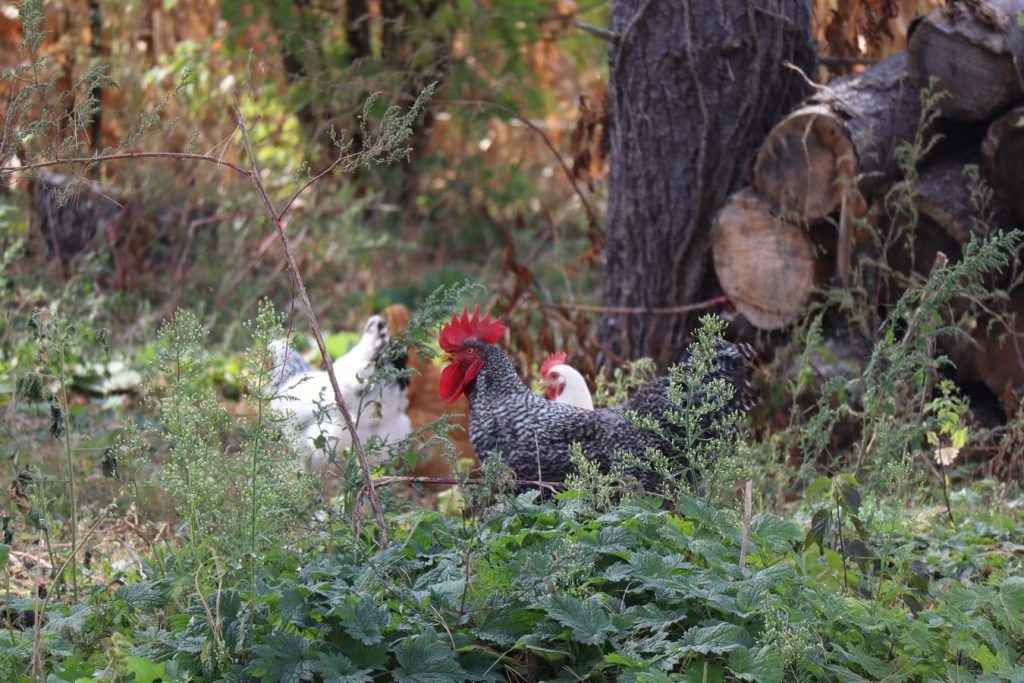
Orchards
Orchards provide great shady places for chickens to roam around in summertime. Even better large fruit cages can cover small orchards keeping chickens safe from predators. These can also stop birds from feeding on your fruit. Orchards can be combined with meadows to provide rich places for chickens to forage. They can also eat damaged fruit and seeds which prematurely fall from the canopy.
Compost heaps
Compost heaps as well as being great for recycling organic matter are also great for chickens. The combination of vegetable matter, worms and insects make them great places to forage.
Maggots
Waste meat and fruit products can be stored in mesh enclosures to allow fly’s to lay eggs. When the larvae hatch into maggots these make a great source of food for foraging chickens.
Ponds
Ponds and small wetlands not only provide natural drinking pools they also boost local ecology. Ponds become a magnet to all sorts of insect and invertebrate life. These become great places for chickens to hunt and ambush small prey feeding themselves from the land.
Thank you for reading our article on how many chickens you need to be self sufficient. Do you have any experience on raising chickens sustainably? Do you have any other opinions or figures on how much land you need to raise chickens without feed? We would very much love to hear from you!
Back to home

How Self Sufficiency and Homesteading can stop Climate Change
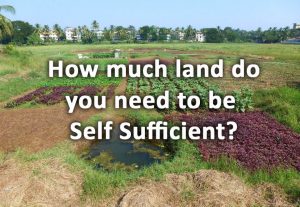
How much land do you need to be self sufficient?

Homesteading skills, for Self Sufficiency
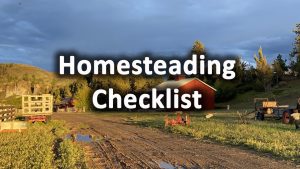
Homesteading Checklist for self sufficiency

A beginner’s guide to self sufficiency & its benefits
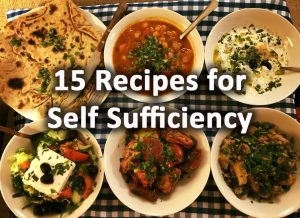
15 recipes for self sufficiency
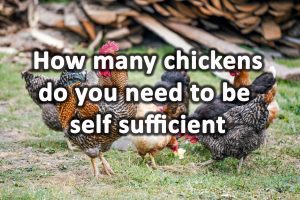
How many chickens do you need to be self sufficient?

27 foods you can forage for free near your home
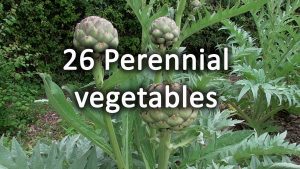
26 Perennial vegetables for the garden

Self sufficient homes

31 Homesteading projects

15 Ways to Store Food without Electricity

The best Climate for self sufficiency
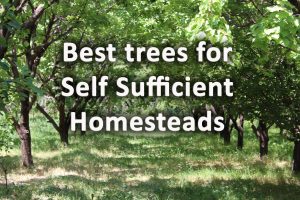
The most useful 22 Trees for a self sufficiency & homesteading
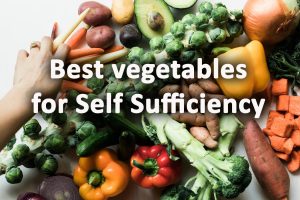
31 Vegetables for self sufficiency
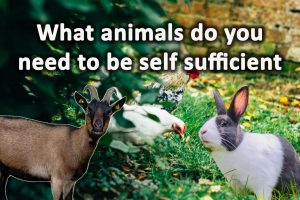
What animals do you need to be self sufficient?

How to stop Climate Change with Crops – Crops for climate change
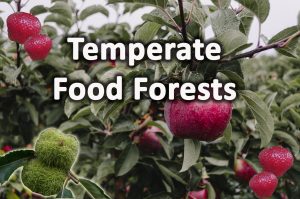
Temperate Food forests

32 Homesteading products for self sufficiency

10 Ways to Sustainably Heat Your Home

10 Ways self sufficient homesteading can be good for your health
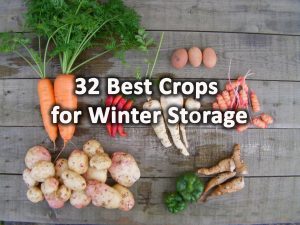
32 Best Crops for Winter Storage
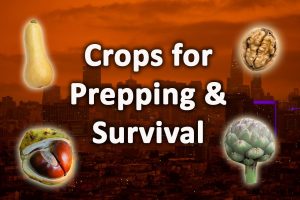
34 crops for prepping and survival

How to make a self sufficient garden
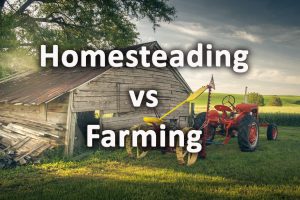
Homesteading verses farming what’s the difference?
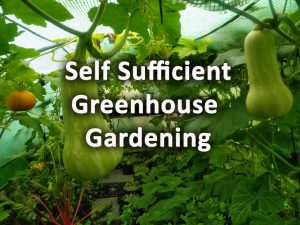
Self sufficient greenhouse gardening

12 Crops which add nitrogen to the soil
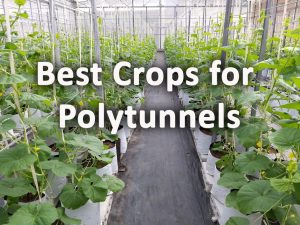
32 of the best crops for Polytunnels

12 Best Crops for Carbon Sequestration
